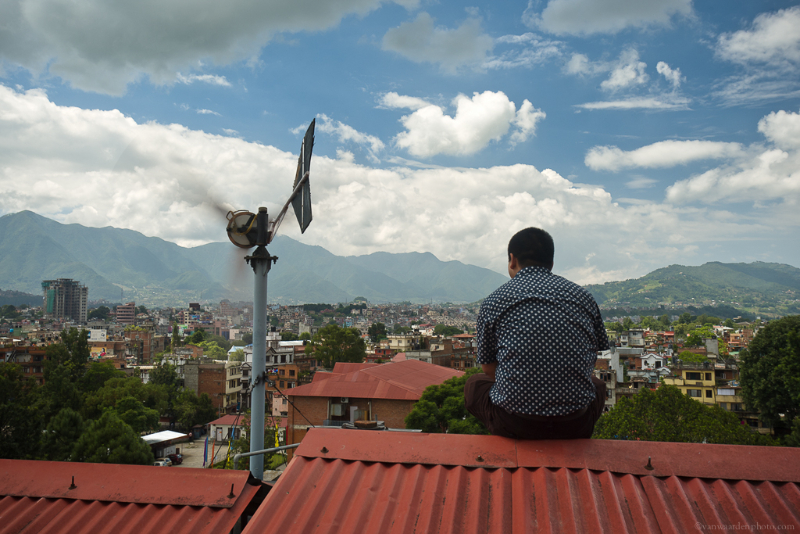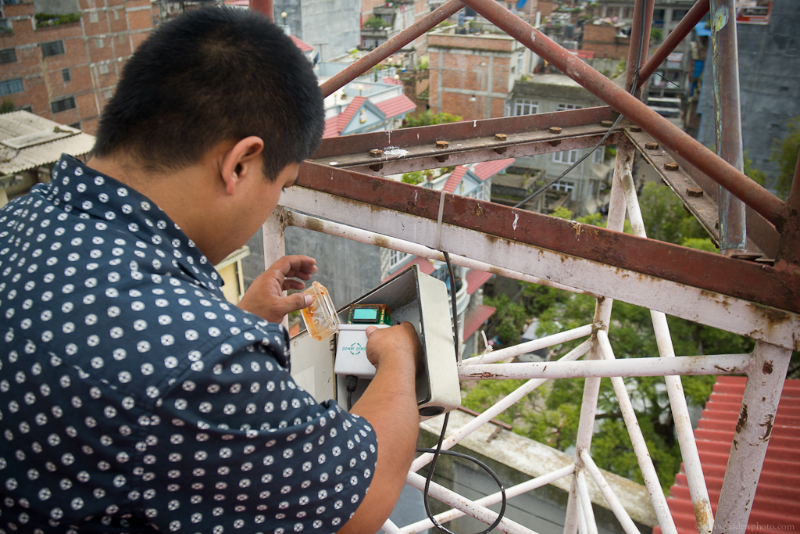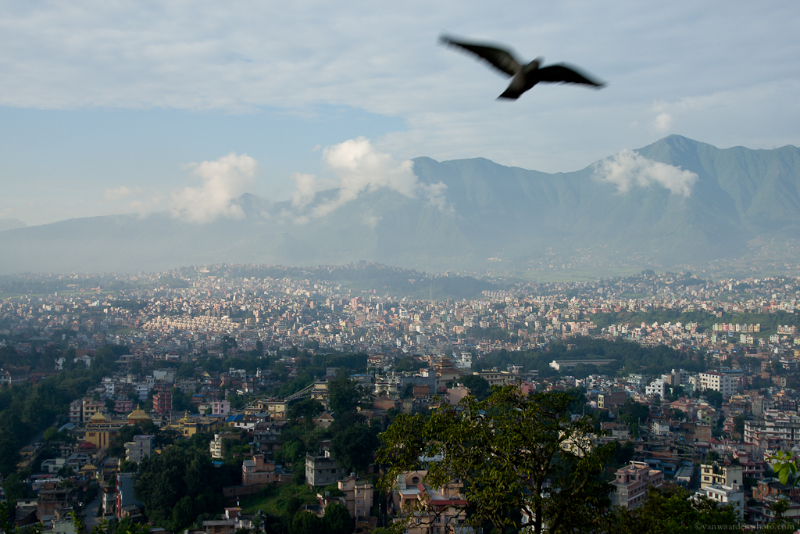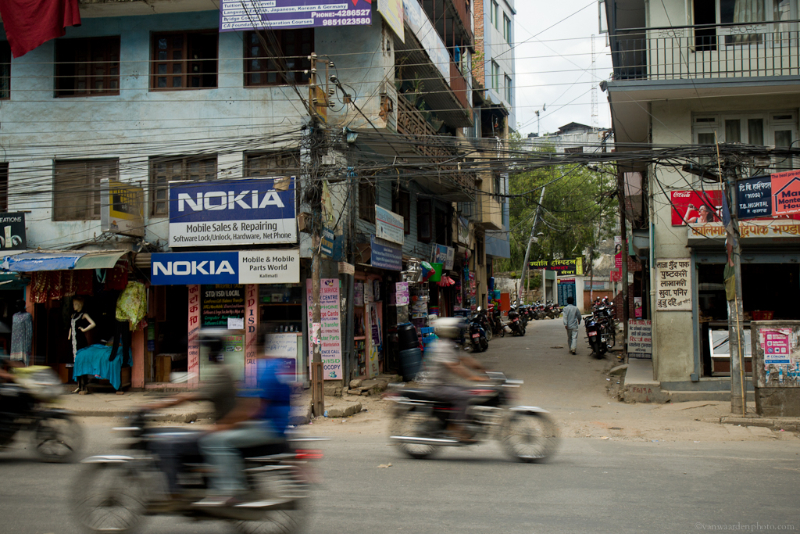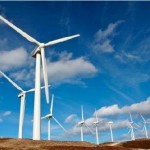 Poland is the biggest wind energy market in the EU’s newer Member States, but wobbles in government support have made investors nervous. We spoke to Ewa Kurdyła, Director of the Polish Wind Energy Association, to find out what’s going on…
Poland is the biggest wind energy market in the EU’s newer Member States, but wobbles in government support have made investors nervous. We spoke to Ewa Kurdyła, Director of the Polish Wind Energy Association, to find out what’s going on…
Poland’s National Renewable Energy Action Plan indicates that cumulative wind capacity should increase by an average of 500 MW per year to reach 6,650 MW in 2020 – do you think this will happen?
Despite significant growth of the wind energy sector in the recent years it may be very difficult to meet our targets – in particular for 2020. This is caused by the lack of regulations enabling a stable development of the sector. In recent months the mood among the investors has been very bad. However, we mustn’t forget that the true market potential of wind energy in Poland by 2020 is approximately 11.5 GW onshore and 1.5 GW offshore, according to the independent Renewable Energy Institute.
These figures are much higher than those in the Polish National Renewable Energy Action Plan. Therefore, I think that in the long term the industry may substantially increase its share in the national energy mix. This is primarily due to technological development. The climate of political will, which today determines the development of renewables, may also be of key importance.
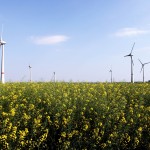
Would you like to see a greater variety of stories and/or authors on the EWEA blog? Or do you think the blog’s appearance could be improved? Tell us what you think – both good and bad – about the EWEA blog, and we’ll enter you into the draw to win a €100 Amazon voucher!
Click here to take the survey.
Survey closes on 17 May.
Continuing with the series of “wind energy stories” from around the world, in association with Global Wind Day, Robert van Waarden travels to Nepal to meet Amrit Singh Thapa in Kathmandu.
Amrit points it out as we zoom past on his motorbike. If you look closely, past the Nokia sign, past the other motorbikes, over the jumble of electric wires, and let your eyes drift upward, you might see it. It is a solution to the energy problems of Nepal, turning in the wind. Amrit turns a corner, jokes with a security guard and drives into the grounds of the Kathmandu Engineering College. A few minutes later we are on the roof, listening to the whirling of his homemade wind turbine and looking out over this crowded and noisy city called Kathmandu.
Amrit Singh Thapa, owner of Eenergys.com, lives and breathes wind energy. When he was still a student at the Engineering College, he began researching sustainable technology and felt deeply that his path was entwined with wind energy. He hasn’t looked back since.
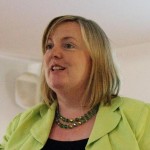 By Caitríona Diviney, Chief Operating Officer, Irish Wind Energy Association
By Caitríona Diviney, Chief Operating Officer, Irish Wind Energy Association
80% of the Irish public support wind power, an opinion poll from Ipsos MRBI conducted on behalf of the Irish Wind Energy Association (IWEA), the national wind energy association in Ireland, has revealed.
This is a clear indication that there is widespread support for wind energy in Ireland.
The strong support for wind should also serve as a positive marker for policy-makers to continue the transition to a green economy and embrace all of the benefits that can be accrued by all.
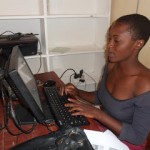
Zawadi Michael works at the information centre
Last month the EWEA blog brought you the story of a small wind energy project in Tanzania and how it has helped to change the fortunes of some African farmers. Today, in this project update by Fran Witt from Renewable World, we look at how wind-powered electricity is connecting remote communities to the knowledge economy.
We all know that wind energy can light homes and businesses, but how about powering entrepreneurial spirit through education and information access?
Today, social and economic development is based on a “knowledge economy” in which access to knowledge is directly related to information and communication technology. However, as these technologies rapidly advance, the gap between the “information-haves” and the “information have-nots” continues to widen. In many low-income countries such as Tanzania, participation in even a full course of basic education is not universal.
The wind-solar hybrid project in Songambele, supported by Renewable World and its East African partner, the Arid Lands Information Network (ALIN), specifically addresses this digital divide, recognising that increased educational participation and achievement ensures that knowledge and skills can be harnessed to improve health, raise incomes, sustain economic growth and promote equity.
 Poland is the biggest wind energy market in the EU’s newer Member States, but wobbles in government support have made investors nervous. We spoke to Ewa Kurdyła, Director of the Polish Wind Energy Association, to find out what’s going on…
Poland is the biggest wind energy market in the EU’s newer Member States, but wobbles in government support have made investors nervous. We spoke to Ewa Kurdyła, Director of the Polish Wind Energy Association, to find out what’s going on…






 Comments
Comments

